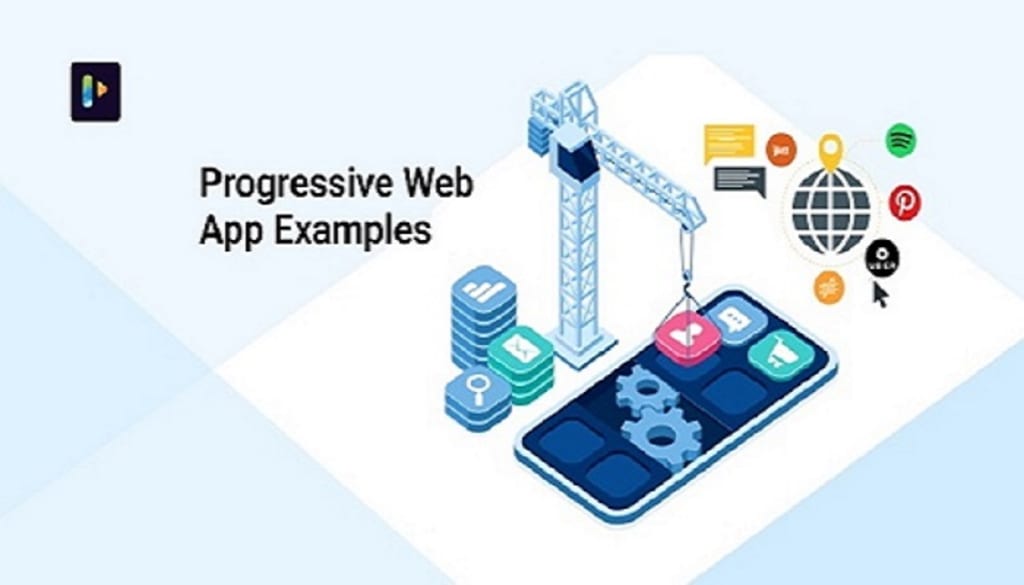Examples Of Progressive Web Apps
Progressive Web App Examples

In order to create a cutting-edge, user-friendly web application, Examples Of Progressive Web Apps are quickly taking the lead. Furthermore, using these applications that value users gives users a sense of pure satisfaction. Want to offer your organisation an advantage over rival businesses still utilising outdated enterprise-centric applications? If so, consider Pairroxz Technologies’ web application development. You will receive the software that meets client needs while accurately representing your brand.
Progressive Web Apps (PWAs) are a modern approach to web development that aims to combine the best features of both web and native mobile applications. They leverage the capabilities of modern web browsers to offer a seamless and engaging user experience across various devices. In this short summary, we will explore a few examples of Progressive Web Apps and highlight their key features and benefits.
Twitter Lite: Twitter developed a Progressive Web App called Twitter Lite to address the needs of users in emerging markets with limited internet connectivity. It offers a similar experience to the native mobile app but with reduced data usage and faster loading times. Twitter Lite allows users to browse tweets, send messages, and receive notifications, even in areas with slow or unstable internet connections.
Flipboard: Flipboard, a popular news aggregation platform, implemented a PWA to deliver a consistent experience across multiple platforms. The PWA version allows users to access their personalized news feeds, browse articles, and save content for offline reading. Flipboard's PWA leverages service workers to enable offline functionality and push notifications to keep users engaged.
Starbucks: Starbucks launched a PWA that enables customers to place orders, customize beverages, and locate nearby stores. The PWA utilizes features like geolocation, push notifications, and offline support to enhance the user experience. With this PWA, Starbucks streamlined their ordering process, reduced friction, and provided a native-like experience to their customers.
Pinterest: Pinterest embraced the PWA approach to improve user engagement and increase conversions. Their PWA allows users to browse, search, and save pins, even in low connectivity scenarios. By leveraging service workers, Pinterest's PWA provides a seamless offline experience, enabling users to access their saved content without an internet connection.
Trivago: Trivago, a hotel search platform, adopted a PWA to offer a fast and engaging experience to its users. The PWA provides an app-like interface, enabling users to search for hotels, view details, and make bookings. Trivago's PWA utilizes service workers to cache hotel information and images, allowing users to access previously searched hotels offline.
These examples demonstrate the versatility and benefits of Progressive Web Apps. PWAs provide features like offline support, push notifications, and faster loading times, making them an attractive option for businesses and developers. They eliminate the need for users to download and install native applications while delivering a comparable user experience. PWAs are also platform-agnostic, allowing businesses to reach a broader audience across various devices and operating systems.
In summary, Progressive Web Apps have gained significant popularity due to their ability to bridge the gap between web and native applications. They provide enhanced user experiences, improved performance, and increased engagement. With their offline capabilities, push notifications, and cross-platform compatibility, PWAs offer a compelling alternative for businesses and developers looking to deliver modern and accessible applications.
A progressive web application (PWA) is a type of web-based software created using standard technologies like CSS, HTML, and JavaScript. It is intended to work on any platform that uses a standards-compliant browser, including desktop and mobile devices.
While web applications have always been available on mobile devices, they have typically been much slower, offer fewer features, and have not been as widely used as native mobile apps.
A PWA does not require discrete delivery or bundling because it is a website or webpage.
Users and developers are not restricted from installing PWAs through online stores like Google Play or the Apple Store. Progressive web application solutions for organisations are part of our custom web application development services.
About the Creator
Pairroxz Technologies
Pairroxz Mobile App Development Company was founded in 2011 with the aim of providing the best e-solutions to people (clients) and simplifying their goals through app development.






Comments
There are no comments for this story
Be the first to respond and start the conversation.